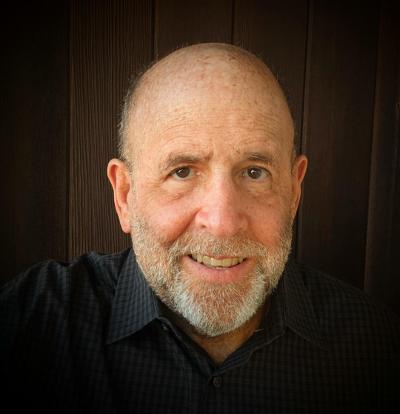By Andrew Malekoff
Once upon a time, there was widespread belief that the human brain was fully developed, in linear fashion, by the time a child reached six years of age. We have since learned that brain development is much more nuanced than that and continues well into a young person’s 20s.
Through new technologies such as magnetic resonance imaging (MRI), neuroscientists have discovered that, although 95 percent of the brain’s structure is formed by the time a child reaches six years old, there are significant changes that occur around the time of the onset of puberty, between 10 and 13 years of age.
During the teenage years there is a rapid increase in the connections between the brain cells and the refinement of brain pathways and these changes are critical for the development of coordinated thought and action.
“In the teen years, young people are going through a software upgrade, neurologically, in which circuitry is being consolidated, networks are being reorganized, connections are being made stronger and more expedient and unused pathways are wearing away,” according to mental health expert Craig Haen.
The stakes are great during the teenage years. Just when teens are reaching their peak of physical health, strength and mental ability, they are facing greater risks and dangers than ever before. Consequently, parents continue to walk a fine line between supporting their children’s independence, encouraging them to explore the world and protecting them from harm.
The good news is that the brain is hard-wired for social interaction and for attaching and bonding with caregivers.
In fact, it is social connection coupled with teens’ growing sensitivity to rewards that is a significant part of what motivates teen altruism and social activism related to human rights, gun control, food insecurity, voting rights, reproductive justice and climate change, for example.
Despite considerable scientific advances, according to leading brain researcher Jay Giedd, people might be surprised to know that the “best advice we can give is things that our grandmother could have told us generations ago: to spend loving, quality time with our children.”
Teenagers hunger for significant relationships with adults who care about them. This belief has been validated by social scientist Ellen Galinsky, who interviewed more than a thousand children and found that teens longed for more time with their parents, even when they seemed to be pushing them away.
Galinsky concluded, “Even though the public perception is about building bigger and better brains, what the research shows is that it’s the relationships, it’s the connections, it’s the people in children’s lives who make the biggest difference.”
A child’s job is to explore and a parent’s job is to protect.
Understanding changes in teenage brain development offers further insight regarding how to best support and create environments that promote positive peer experiences, where teens can safely explore and experiment and avoid behavior that can harm themselves or others.
Finding that balance is easier said than done given the dire risks that teenagers are facing in a perilous world, with ever-increasing concerns about violence, drug and alcohol use, sexual relations, abuse of digital technologies and social networks, depression and suicide.
Remember – not all risk is bad! Attempting new experiences, pushing boundaries, and testing limits are part of normal teen development.
Developmental psychologist Peter Scales noted that “If risk = developmental exploration + environmental danger, then the job of caring adults is to reduce the environmental danger part of the equation, by ensuring that youth have the [wherewithal] to navigate normal risky development with a high degree of safety.”
The idea of “looking with planned emptiness,” esoteric as it sounds, might help here. For parents and other caregivers, looking with planned emptiness is to hold to a position of uncertainty, to be willing to actively listen and learn, all while weathering the occasionally disorienting experience of interacting with teens.
Assuming a stance of uncertainty suggests an openness – a means of trying, at times, to apprehend the elusive obvious, as opposed to simply dismissing or ignoring difficult interactions with our teens, out of impatience and frustration or, worse, resignation.
It means opening up, tuning in and really listening.
Very carefully.

